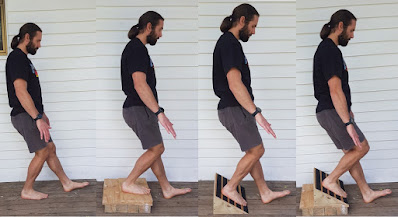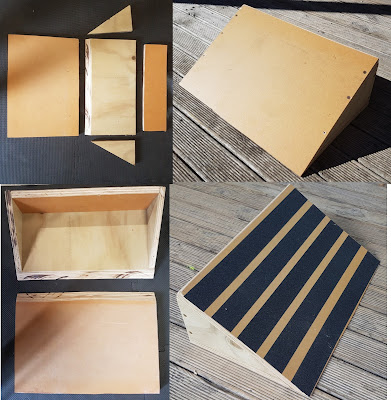I had hiked passed this hut once before, and ran past it twice, but never stayed at it. So when I was looking for short hike to do somewhere around Ruapehu this was an easy choice. DoC lists this as a 6.8km, 3 hour hike to a hut on the Southern side of Mt Ruapehu (elevation gain is approximately 400m each way). The hut is a standard 18 bunk hut, complete with a fire place.
I left Auckland just after 7am, knowing I would arrive to the car park at roughly 12am. One of the reasons I chose this hut to hike to is if I arrived there and the hut was full, I could still double back to Blyth or Lipton hut, with daylight to spare (just). The walk is roughly half beech forest and half open tundra. Starting at the car park on Ohakune Mountain Road, the walk takes a small climb to Rotokawa, a small alpine Tarn with a great view of the mountain before dropping down to Waitonga Falls. Until this point the tracks are beautifully maintained as see a lot of tourist traffic to and from the falls. After the falls is when the tracks become more rugged. They are reasonably well marked and maintained, but would be describes as ‘technical single track’.
 |
| A wide boardwalk around Rotokawa |
Only a few minutes after the falls comes the only significant un-bridged river crossing, and it is only ankle deep. When the water is low it is a simple process to keep your feet dry crossing on rocks. If the water is high you can still mange this, but it might be safer to just deal with wet shoes. From here the track climbs to the turn off to Blyth and Lipton hut, or on towards Mangaehuehu.
 |
| Swing bridge and single track/ boardwalk. |
The track continues though Beech forest with a couple of single person swing bridges switching between boardwalks and single track with frequent views of the Mountain. The walk is a fairly easy stroll with no major climbs so it’s very enjoyable.
The hut sneaks up on you and pops out from around a corner with an excellent view of the mountain. The hut was warm and cosy (with the fire going), and had everything one would expect from a standard DoC hut. I prefer this style of hut, where the majority of beds are in the main section of the hut with the fire place, it’s less private, but I enjoy sleeping near the fire when it’s cold.
 |
| Can just see the corner of the hut |
 |
| The view from the hut in the evening. |












